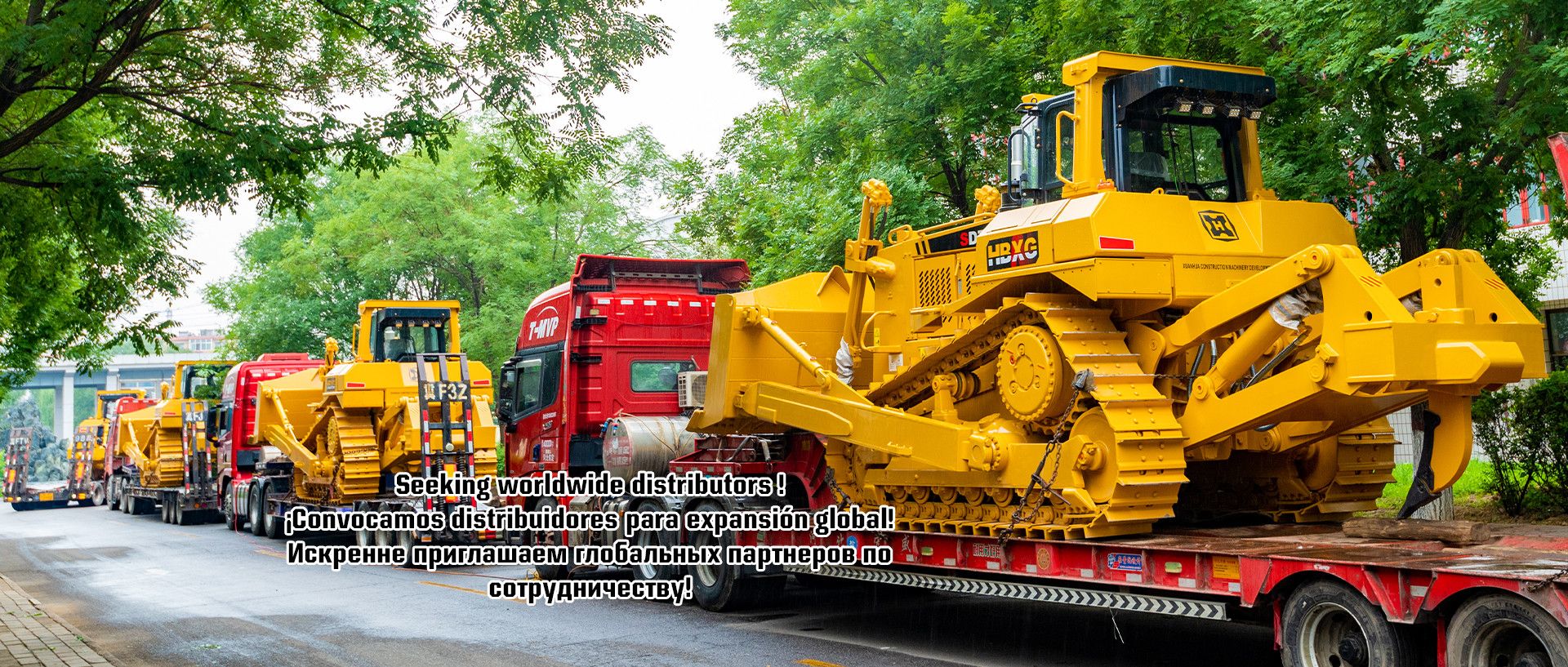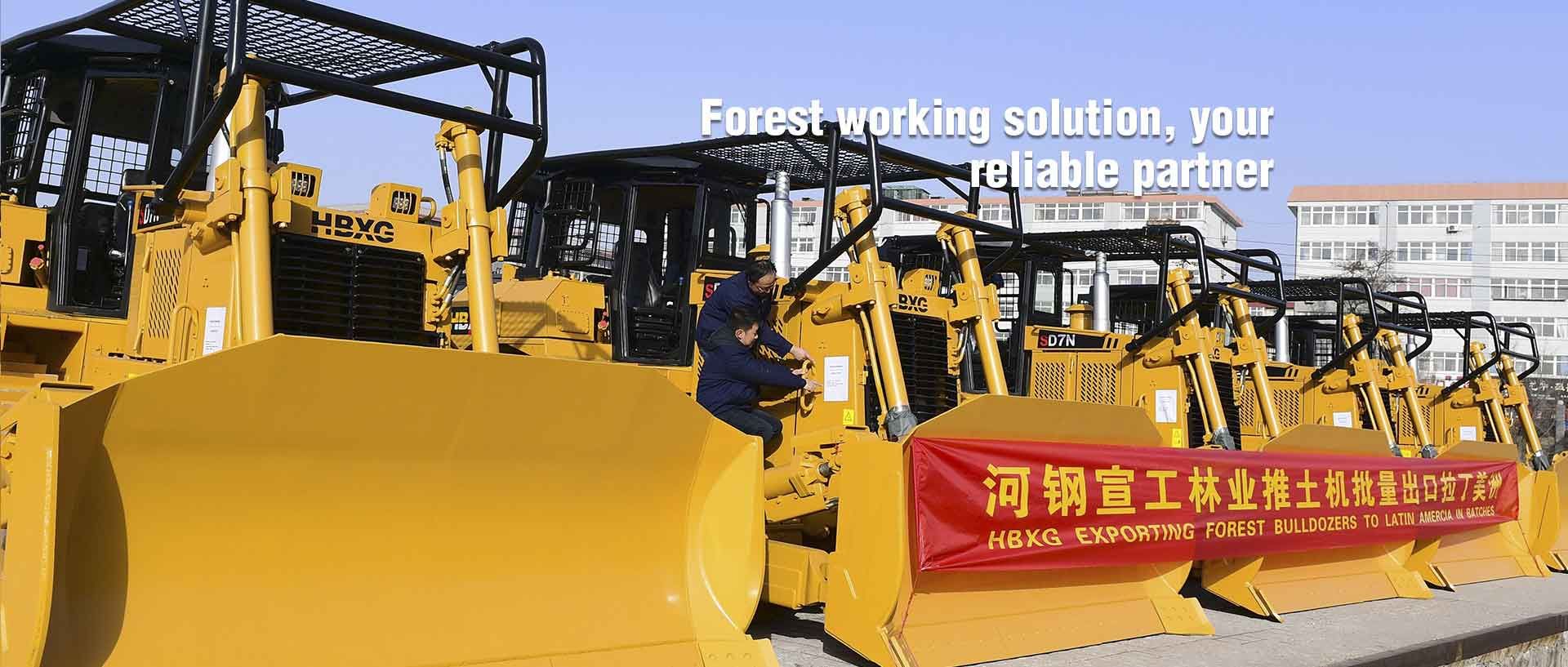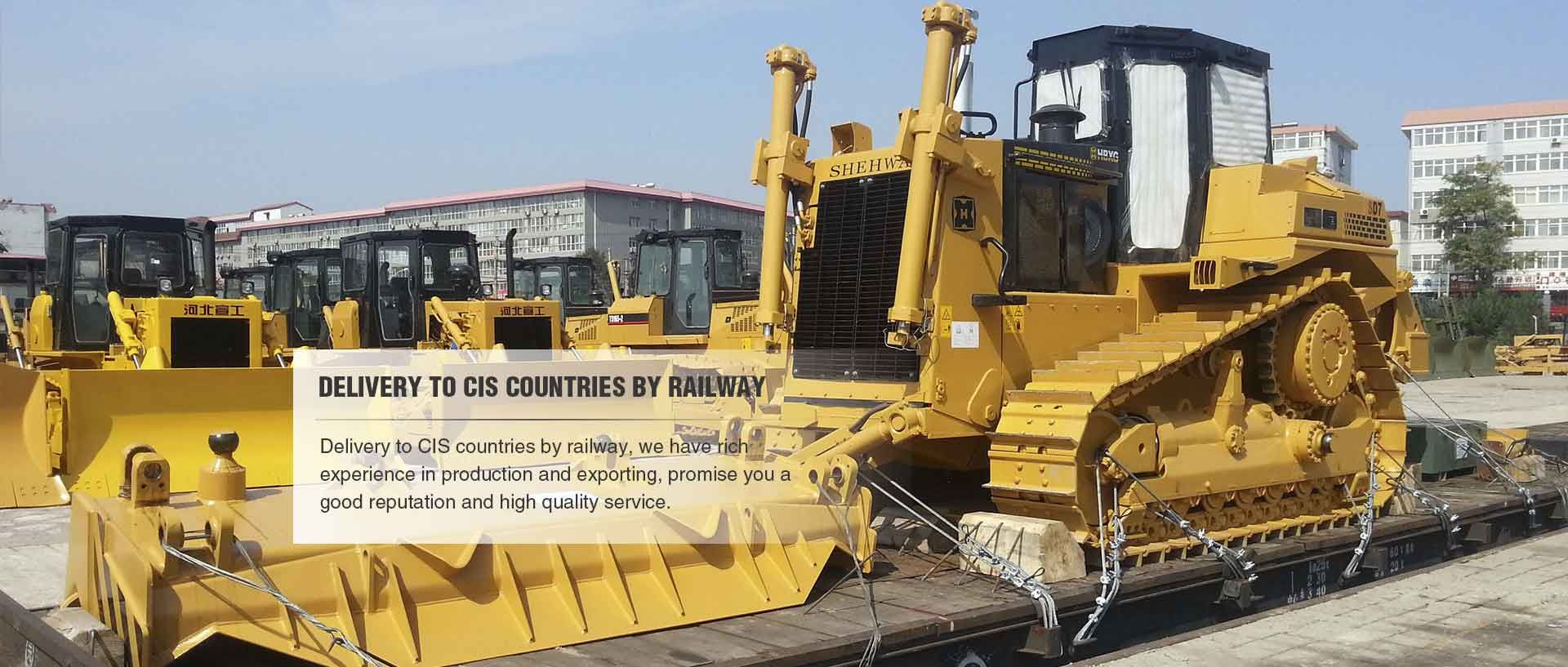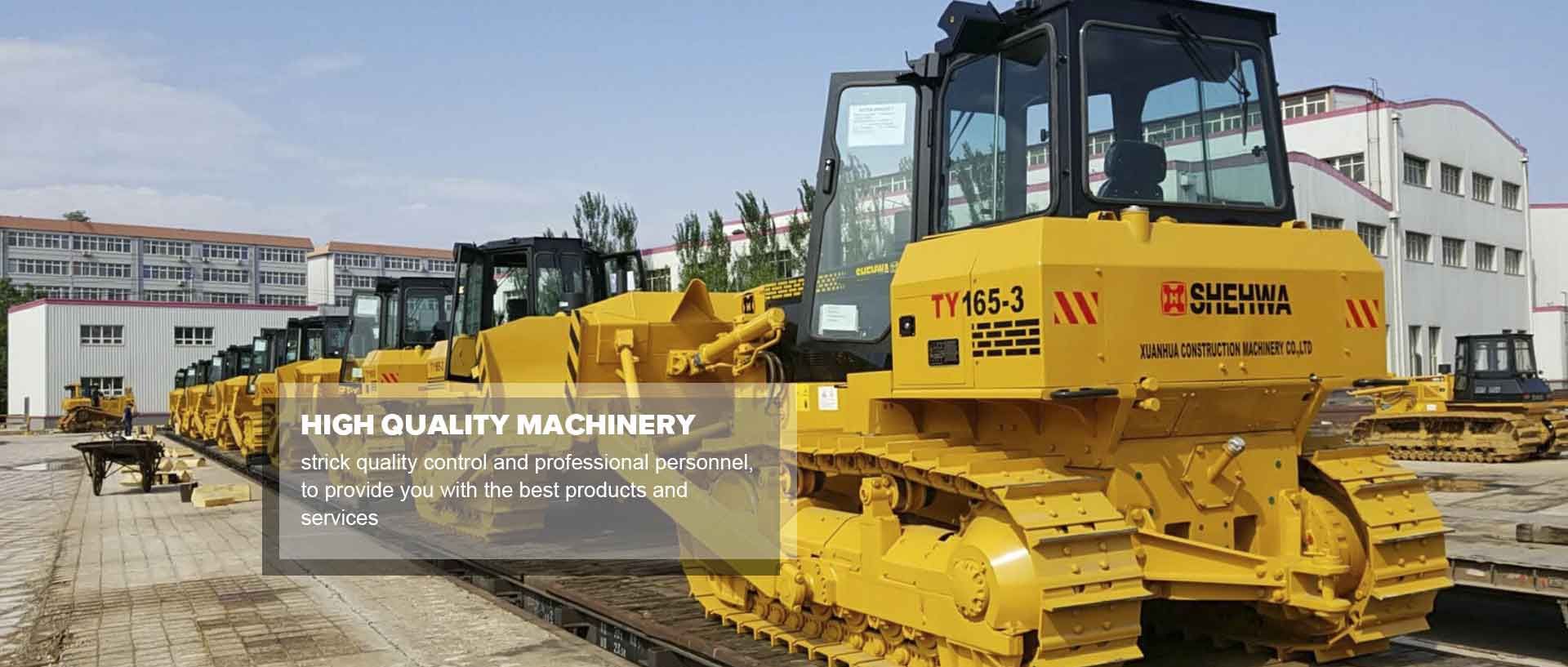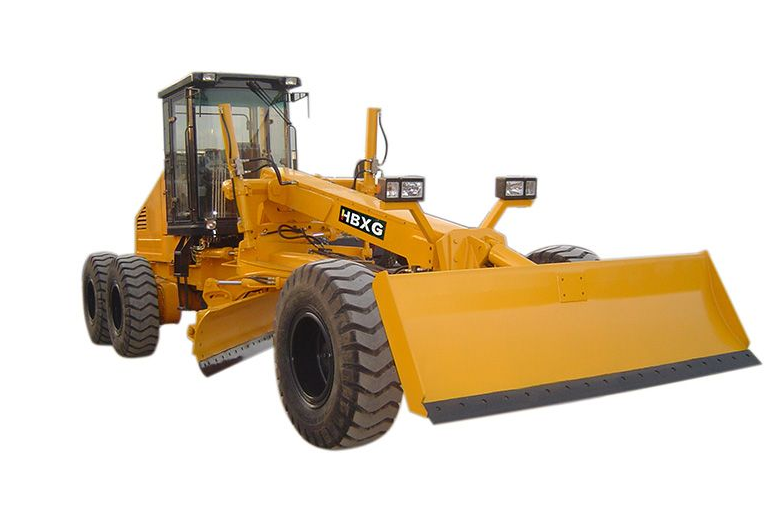What are the Sizes of Motor Graders?
 Apr. 23, 2024
Apr. 23, 2024
Motor graders are essential heavy equipment used in the construction and maintenance of roads, highways, and other grading projects. They come in various sizes and configurations, each designed to meet specific grading and leveling needs. In this guide, we'll explore the different sizes of motor graders and their applications to help you choose the right one for your project.
Compact Motor Graders
Compact motor graders are the smallest in the graders' family. They typically have a blade width of 8 to 10 feet (2.4 to 3 meters) and are suitable for light grading and landscaping tasks. Compact graders are maneuverable and ideal for small-scale projects, such as residential road maintenance, parking lot grading, and landscaping in confined spaces.
Small Motor Graders
Small motor graders are slightly larger than compact graders, with blade widths ranging from 10 to 12 feet (3 to 3.7 meters). These graders offer increased power and capabilities compared to compact models. They are often used for municipal road maintenance, driveway construction, and smaller commercial projects.
Medium Motor Graders
Medium-sized motor graders typically have blade widths ranging from 12 to 14 feet (3.7 to 4.3 meters). They strike a balance between power and maneuverability, making them versatile for various applications. Medium graders are commonly used for highway construction, larger commercial developments, and agricultural projects.
Larger Motor Graders
Larger motor graders are heavy-duty machines with blade widths exceeding 14 feet (4.3 meters). They are designed for extensive grading and leveling tasks, such as highway construction, airport runway maintenance, and large-scale earthmoving projects. These graders provide superior power and efficiency, making them suitable for demanding applications.
Choosing the Right Size
When selecting a motor grader size for your project, consider the following factors:
Project Scale: Assess the size and scope of your grading project. Smaller projects may require compact or small graders, while larger, more complex tasks will benefit from medium or larger graders.
Maneuverability: Evaluate the available space and maneuvering requirements on your job site. Ensure that the selected grader can navigate the terrain and work efficiently in the designated area.
Blade Width: Blade width determines the width of the cut or grading path. Choose a grader with an appropriate blade width to match your desired grading width.
Engine Power: Consider the engine horsepower and torque, as they influence the grader's performance and ability to handle the workload effectively.
Frequently Asked Questions (FAQs)
Q: What is the purpose of a motor grader?
A: Motor graders are heavy equipment used for grading, leveling, and shaping surfaces, primarily in road construction and maintenance projects.
Q: What is the blade width of a compact motor grader?
A: Compact motor graders typically have a blade width ranging from 8 to 10 feet (2.4 to 3 meters).
Q: When should I use a larger motor grader?
A: Larger motor graders with blade widths exceeding 14 feet (4.3 meters) are suitable for extensive grading projects, such as highway construction and airport runway maintenance, where high efficiency and power are required.
Conclusion
Choosing the right size of motor grader is essential for the success of your grading project. Consider the scale of your project, maneuverability requirements, blade width, and engine power to select the most suitable grader size. Whether it's a compact grader for small residential tasks or a larger grader for major infrastructure projects, matching the grader size to your needs will help you achieve efficient and precise grading results.
For further guidance and specific recommendations, consult with equipment experts or manufacturers familiar with the demands of your grading project.















